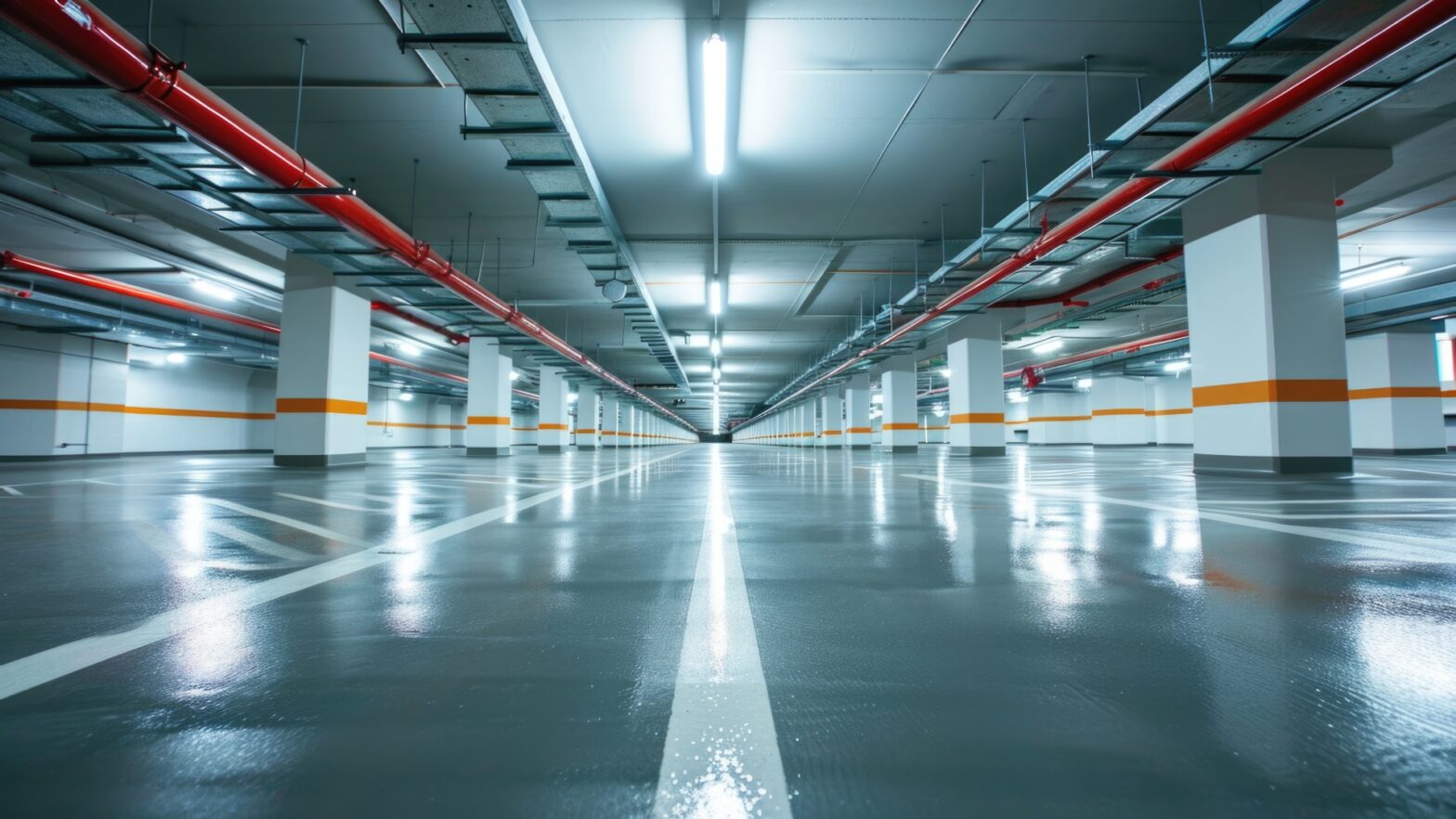Madison and Milwaukee, two jewels in the heart of Wisconsin, offer unique yet distinct living experiences that capture the essence of Midwestern life. Madison, the state’s capital, is nestled between picturesque lakes and is renowned for its vibrant cultural scene, bolstered by the presence of the University of Wisconsin-Madison. This city is a hub for education, politics, and healthcare, attracting individuals with its mix of urban and natural beauty.
On the other hand, Milwaukee, the largest city in the state, boasts a rich historical heritage, a diverse population, and a strong industrial base. Known for its famous breweries, Milwaukee also offers a bustling arts scene, extensive parks, and a waterfront that beckons residents and visitors alike. Both cities are pivotal to Wisconsin’s economy and cultural richness, making them attractive destinations for prospective residents and visitors.
When considering relocation or settling down within Wisconsin, understanding the cost of living in Madison versus Milwaukee becomes crucial. This comparison goes beyond mere numbers; it delves into the heart of what it means to live, work, and play in these cities. The cost of living is a multifaceted concept, encompassing the expenses associated with housing, food, healthcare, education, transportation, and leisure activities, among others. It influences where people choose to live, their lifestyle, and ultimately, their quality of life.
As such, this article aims to provide a comprehensive overview of the costs associated with living in Madison and Milwaukee, offering insights into how each city’s expenses stack up against each other. Through this comparison, we seek to equip you with the information needed to make an informed decision about which city aligns best with your personal and financial goals.
Housing Costs
Buying a Home
The housing markets in Milwaukee and Madison showcase distinct dynamics that reflect the broader economic and cultural differences between these two Wisconsin cities. In Milwaukee, the market has been somewhat competitive, with homes selling for an average of $165,000, a decrease of 5.7% from the previous year.
This market behavior suggests a more buyer-friendly environment, where homes, on average, receive 2 offers and sell in around 53 days. Some properties have sold for over their listing price, indicating pockets of competitiveness within the market. For example, a property on N 59th St sold for 15% over its list price after 33 days on the market.
Conversely, Madison’s housing market appears more buoyant and competitive, with the median sale price of a home rising to $377,000, up 7.6% from last year. Homes in Madison tend to receive more offers than those in Milwaukee, averaging around 3 offers, and sell faster, typically within 45 days.
The increase in median sale price per square foot to $234, a 14.4% rise, underscores Madison’s robust market conditions. A property on Rustic Pine Rd, for example, sold at its list price of $549,900, demonstrating the market’s strength and the willingness of buyers to meet sellers’ expectations.
These trends highlight the contrasting housing landscapes in Milwaukee and Madison. Milwaukee offers more affordability and slightly longer selling times, suggesting a market that might be more favorable to buyers. In contrast, Madison’s market is characterized by faster sales and higher prices, indicating a seller’s market where demand outstrips supply. Potential homeowners and investors should consider these dynamics carefully when deciding between these two vibrant Wisconsin cities.
Renting
Let’s compare renting in Milwaukee and Madison, two vibrant cities in Wisconsin. Here’s a breakdown of key housing metrics:
Housing Costs and Appreciation:
- Milwaukee: The median home cost in Milwaukee is $180,800, significantly lower than Madison’s median of $337,500. Over the last 12 months, home values in Milwaukee appreciated by 14.0%, while Madison saw a slightly higher appreciation of 15.5%. In the past decade, Milwaukee homes appreciated by 76.2%, whereas Madison’s homes gained 87.1% in value.
- Rental Prices: On average, renting in Milwaukee is more affordable. The average rent for a studio apartment is $760, compared to $1,060 in Madison. For a 2-bedroom apartment, Milwaukee’s average rent is $1,080, while Madison’s is $1,460.
Ownership and Vacancy:
- Milwaukee: Approximately 36.5% of housing units are owner-occupied, and 52.7% are rented. Vacant properties account for 10.8%, with 4.0% available for rent.
- Madison: A higher percentage (45.6%) of housing units are owner-occupied, with 50.2% being rented. Vacant properties are less common at 4.3%, with only 2.0% available for rent.
Food and Grocery Expenses
When comparing the cost of food and groceries between Milwaukee and Madison, several factors come into play, reflecting the overall cost of living in each city. Milwaukee, with a population exceeding that of Madison, offers a variety of grocery shopping options ranging from local markets to large supermarket chains, which can influence the pricing of food items.
However, according to Numbeo, as of the latest data, the cost of groceries in Milwaukee is slightly higher than the national average, with specific items such as a loaf of bread, a gallon of milk, and a dozen eggs having specific price points that contribute to the overall grocery bill for a family.
Madison, on the other hand, while being the state capital and home to a large university population, presents a slightly different picture. The cost of living in Madison is reported to be 3% higher than the national average, with housing and healthcare costs notably impacting the overall expenses faced by residents.
Despite these broader cost of living factors, the cost of groceries in Madison is noted to be 2% higher than the national average, with price points for basic grocery items such as bread, milk, eggs, and bananas provided by PayScale. This indicates that while both cities have their groceries priced above the national average, Madison’s overall cost of living, including groceries, might be slightly higher due to its elevated housing and healthcare expenses.
This comparison illustrates the nuanced differences in living costs between the two cities, highlighting the importance of considering multiple factors beyond just food and grocery expenses when evaluating the overall cost of living.
Transportation
In Milwaukee, significant advancements and changes in the public transportation system have been made, particularly with the introduction and evolution of the Bus Rapid Transit (BRT) system. The BRT system, specifically the CONNECT 1 line, represents a modern approach to public transit, aiming to provide faster, more efficient service. The CONNECT 1 line has not only been launched but has also seen changes in its operation and route adjustments to optimize service.
For instance, the GoldLine service, which was a significant bus route running between Downtown and UW-Milwaukee, has been replaced by the BRT and other route adjustments to enhance connectivity and efficiency. This transition reflects a broader strategy to streamline bus services and integrate them with the BRT, thereby improving the overall public transportation network in Milwaukee.
Moreover, there has been an increase in service frequency for certain routes (e.g., Route 30) and expansions in service to maintain daily operations in critical areas, alongside the introduction of new routes to better serve the community’s needs.
Madison, on the other hand, has been focusing on expanding and enhancing its own public transportation framework through various initiatives, including the introduction of electric buses and the development of a bus rapid transit system. Madison’s approach to improving its transportation infrastructure is part of a larger, city-wide sustainability and efficiency goal, aiming to offer residents a greener, more reliable, and efficient means of public transportation.
Although specific, up-to-date details on Madison’s transportation initiatives were not highlighted in the same manner as Milwaukee’s in the sources consulted, it’s clear that both cities are making strides in upgrading their public transportation systems to meet modern demands and environmental standards.
The emphasis in Milwaukee on route optimization and the integration of BRT systems underscores a trend towards more sustainable, efficient urban transit solutions that are likely mirrored in Madison’s efforts to enhance its public transportation network, albeit with unique city-specific strategies and developments.
Utilities
In comparing the utilities in Milwaukee and Madison, Wisconsin, there are noticeable differences in electricity rates and usage patterns. Milwaukee, with a population of approximately 594,833, showcases distinct electricity rates across commercial, residential, and industrial sectors.
Commercial electricity rates in Milwaukee average at 11.46¢/kWh, which is 9.04% higher than the Wisconsin average and 13.58% above the national average. Residential rates are also higher, at 13.95¢/kWh, 5.76% above the state’s average and 17.42% greater than the national average. Industrial rates in Milwaukee stand at 8.11¢/kWh, surpassing both the state and national averages by 10.49% and 21.59%, respectively.
Madison’s utility landscape, while not detailed in the data retrieved, can be inferred to contrast with Milwaukee’s based on the state averages. Given that Milwaukee’s rates are higher than the state averages, Madison’s rates might be closer to or slightly below these benchmarks, considering Milwaukee’s significant influence on the state’s overall averages.
The state of Wisconsin’s average commercial electricity rate is 10.51¢/kWh, with residential and industrial rates at 13.19¢/kWh and 7.34¢/kWh, respectively. These figures suggest a utility market in Wisconsin where geographical location within the state can significantly impact the rates and cost of electricity for its residents and businesses.
Conclusion
Deciding whether to make your home in Madison or Milwaukee hinges on individual tastes, professional prospects, and budgetary constraints. Madison is renowned for its lively cultural atmosphere and strong economy, albeit with a steeper cost of living. On the other hand, Milwaukee offers affordability without compromising on cultural richness and diversity.
Interestingly, the financial advantages of Milwaukee over Madison have led to a noticeable trend of people hiring Madison moving service for relocation to Milwaukee, seeking a more cost-effective living situation without straying far from the vibrant Wisconsin lifestyle. Both cities, with their distinctive charm and offerings, stand out as compelling choices for anyone contemplating a move within the Badger State.
































